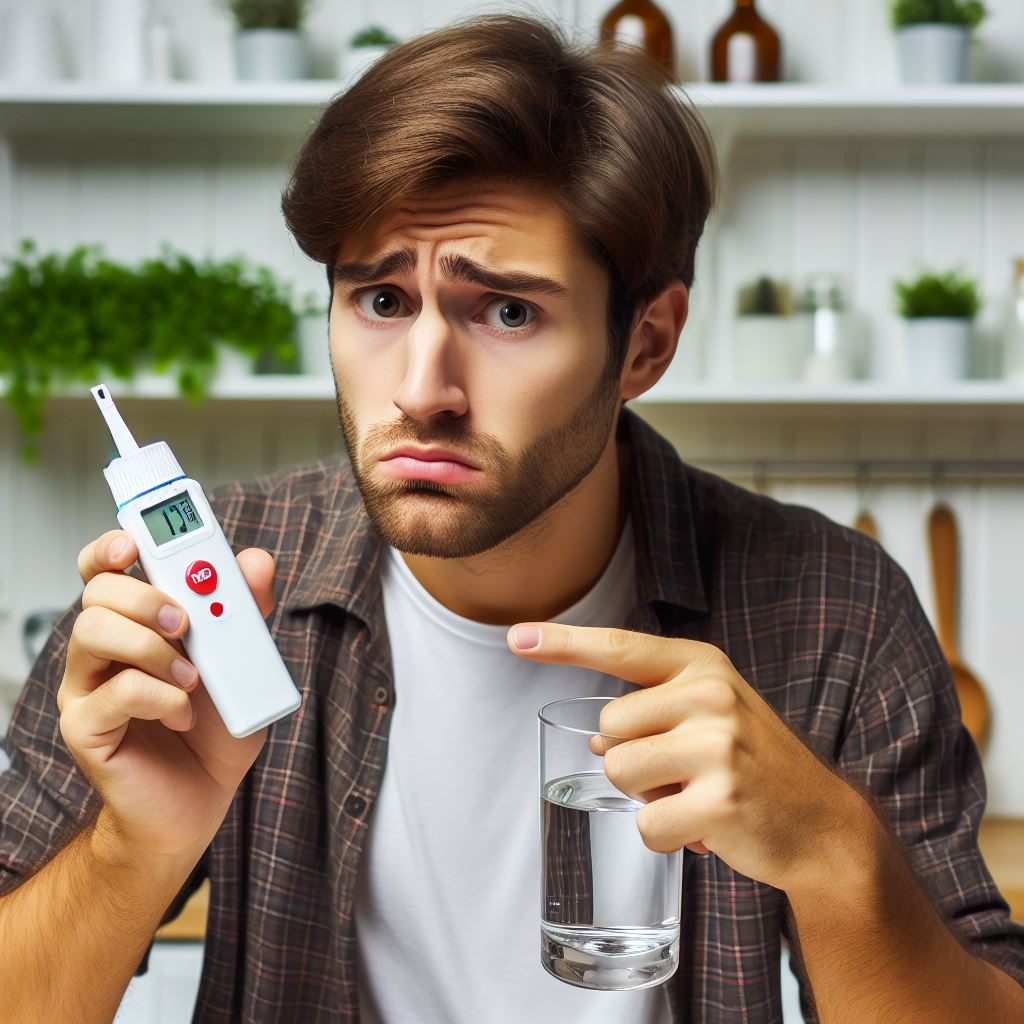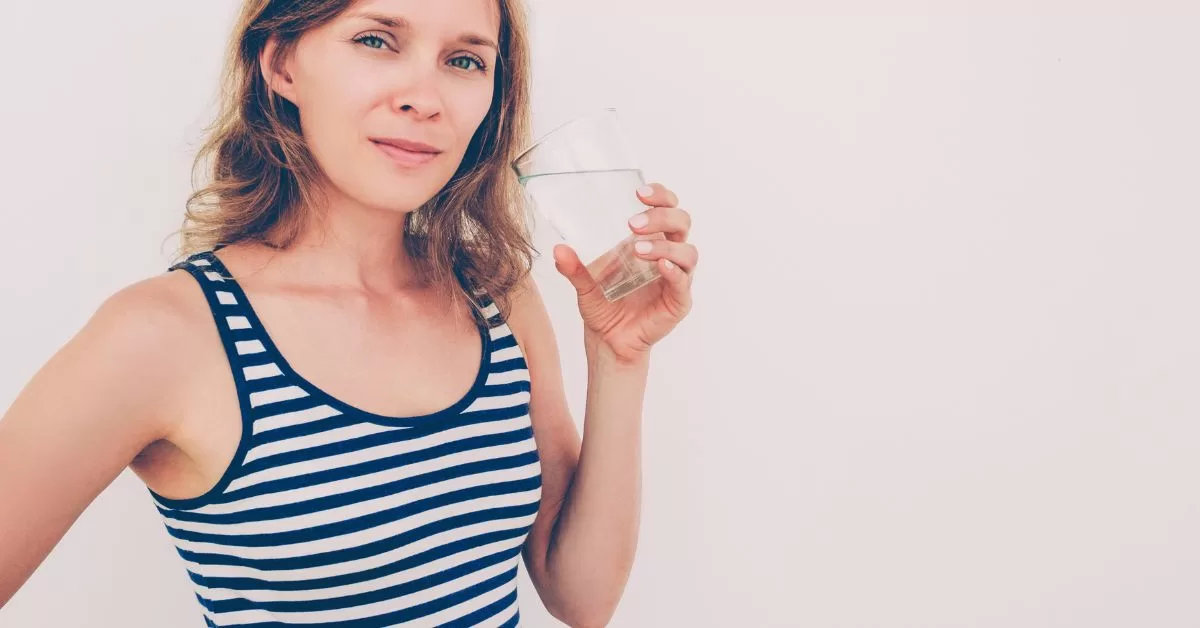The short answer is no – you should not drink water straight from the tap in your Hua Hin house, condominium, or hotel room. Why is that? And is there a way you can make your Hua Hin tap water perfectly safe to drink? Let’s begin with a short overview of the water supply situation in Hua Hin City.
Where is Hua Hin Tap Water Taken From?
Hua Hin municipality receives most of its water from the Pranburi Dam. This is true for both those with a Municipal (“Tessabaan”) water supply and those with a Provincial Waterworks (PWA) supply, commonly known as “Pranburi” water. Since a while back, many house owners in Hua Hin have been able to choose whether they want to be connected to the PWA supply or the Tessabaan water supply. There are even reports of people being connected to both of these, giving them a backup option in case one of them is experiencing temporary problems. So, at the moment, in most cases, no matter which supply you are connected to, the source is most likely the same. This means that the water that comes from your tap is taken from the Pranburi Dam.
(It is worth noting that Hua Hin municipality is currently working on a project that includes a new water pipeline from the Kaeng Krachan Dam in Petchaburi Province which will improve and future-proof its water supply needs, especially in the northern parts of Hua Hin municipality).

So, is it because the water in the Pranburi Dam is dirty and unsafe that you can’t drink it? Not at all. The tap water sourced from Pranburi Dam is not considered to be of bad quality and is actually being monitored to ensure that it follows the WHO guidelines for safe water. The water taken from the dam is filtered and then treated in several steps before it reaches your home. Chlorine is also added to combat any harmful microbes present in the water. So why is it that you can not drink the water straight from the tap?
Water Quality Issues
Many residents are reporting a difference in quality between the municipal water supply and the PWA supply. However, those connected to the PWA supply are also reporting issues with cloudy, dirty, or smelly water. Why is this?
There are a few factors that can affect your local water quality. Consider the following points:
- At times the water level in the Pranburi Dam is low, which could lead to the water being drawn from the dam being rich in sediments and suspended solids. This would affect water quality.
- Seeing that Hua Hin is constantly growing as a city, water treatment stations may at times not be able to keep up with the increased demand.
However, the most common source of water quality problems is broken and leaking pipes in the water distribution network. When pipes break underground (and they do), dirt, mud, sand, and sediment are sucked into the pipes. This eventually ends up in your tap in your home. At times, finding a leak takes time and you may experience dirty, cloudy, and smelly water until the leak is fixed and the pipes have been flushed. Hopefully, as older pipes are being replaced we will see less of this in Hua Hin City. At this time, the PWA supply lines seem to be in better condition, at least in some areas.
Taking Control of Your Tap Water
With this bit of background information and understanding of the tap water supply in Hua Hin, we can then conclude that it is not advisable to drink tap water anywhere in Hua Hin. But it is certainly possible to make the water perfectly safe to drink. In fact, you can provide your entire home with safe, clean water from all outlets.
We recommend a 3-step treatment solution with sediment filtration, carbon filtration, and ultraviolet (UV) disinfection. Let’s quickly go through these three steps:
Sediment Filter
This is the first step and removes all the dirt, sand, mud, silt, and rust from your water. For the UV disinfection step to work, this filter should be a fine sediment filter, no larger than five microns.
Carbon Filter
This is the second step. It removes any smell and taste of chlorine from the water as well as traces of chemicals, pesticides, and other substances from the water.
UV Disinfection
It is not the sand, sediments, or chlorine that can make us sick – it is the viruses, bacteria and other harmful microbes. This is why the third step of your Hua Hin water filter setup should include a high output UV-lamp to effectively inactivate these harmful microbes. Learn more about why we believe that UV water disinfection is the best way to make Thailand municipal tap water safe to drink here.
A Complete Water Filter System to Make Hua Hin Tap Water Completely Safe to Drink
Our water filter systems, whether they are a kitchen water filter system or a whole house water filter system, incorporate the three essential steps mentioned above into one complete system that can easily be installed after your water tank or water pump. You can choose if you want to have clean, safe water from all outlets in your home or if you prefer to install a smaller system under your kitchen sink to get drinking water from the kitchen tap.
Additional Pre-Filtration
If you have a sediment and a carbon filter installed but find that it tends to clog up and need replacement very often, you may want to look into adding additional pre-filtration. For example, you could install a sand filter with an automatic backwash that is installed before your water tank to take care of coarse sediment. A filter like this also helps to prevent sediment from building up on the bottom of your water tank.






